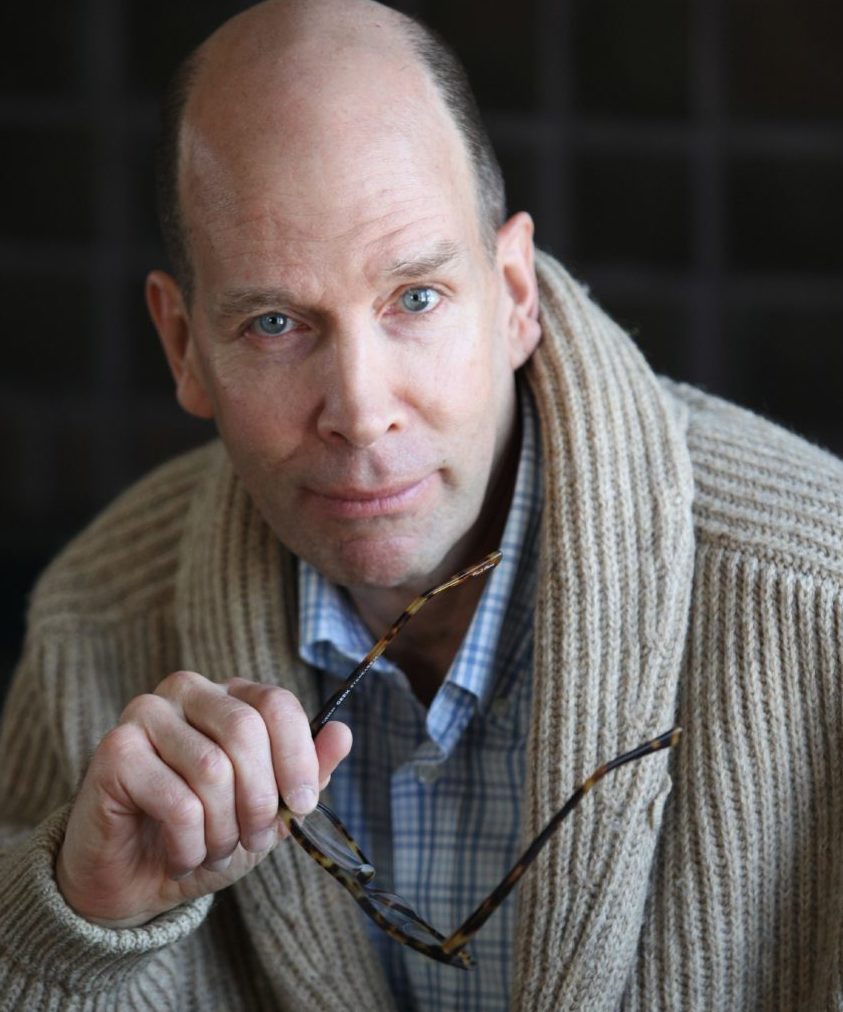Leave a Comment:
1 comment
[…] Pediatric Cancer- Non-Toxic Therapy Kills Kids Brain Cancer […]
Reply
Learn about conventional, complementary, and integrative therapies.
Dealing with treatment side effects? Learn about evidence-based therapies to alleviate your symptoms.
Click the orange button to the right to learn more.
A cancer diagnosis is difficult. A diagnosis of pediatric brain cancer called Medulloblastomas is beyond difficult. Consider evidence-based, non-toxic therapies to treat this pediatric brain cancer.
Pediatric brain cancer is really tough to treat. Chemo and radiation just don’t work and they can result in awful side effects. Curcumin is both apoptotic and can synergies with chemo to enhance it’s efficacy while it minimizes it’s toxicity.
I have to cut the authors of the article some slack because they are writing about curcumin and pediatric cancer. I understand that kids and their caregivers may not know about the prevalence of curcumin as both a primary and integrative therapy for most cancers. Including my cancer called multiple myeloma. An “incurable” blood cancer…
When I was first diagnosed with MM I was told that the life expectancy of a MM patient was 3-5 years. That was back in 1994. I have learned that conventional (FDA approved) oncology is limited when it comes to many cancers such as MM and medulloblastoma.
I continue to take curcumin daily and I am a proud survivor of antineoplaston therapy as well.
 I supplement with Life Extension Super Bio Curcumin because this formula of curcumin has been tested and evaluated by a third party independent lab for purity and strength.
I supplement with Life Extension Super Bio Curcumin because this formula of curcumin has been tested and evaluated by a third party independent lab for purity and strength.I am both a long-term cancer survivor and cancer coach. If you would like to learn more about both conventional and evidence-based non-conventional therapies please scroll down the page, post a question or comment and I will reply to you ASAP.
To Learn More about Pediatric Brain Cancer- click now
Thank you,
David Emerson
Recommended Reading:
“About 500 children in the United States are diagnosed with medulloblastoma each year. About 20% of childhood brain tumors are medulloblastoma, making it the most common cancerous brain tumor in children.
The chance of developing medulloblastoma decreases with age. More than 70% of medulloblastomas occur in children younger than 10. Most medulloblastomas occur in children between the ages of 5 and 9.
Medulloblastoma can also occur in adults, but it is less common. About one-third of medulloblastoma cases in the United States occur in adults between the ages of 20 and 44.
The survival rate tells you what percent of children live after the tumor is found. Percent means how many out of 100. For children with medulloblastoma, the survival rate depends on several factors, including the risk level for this disease and the child’s age when diagnosed. Children who are younger than 3 may have a lower survival rate because not all safe and effective treatments can be used in this age group.
Overall, the survival rate for children with medulloblastoma that has not spread is about 70% The survival rate if the medulloblastoma has spread to the spinal cord is about 60%…”
“Background– Medulloblastoma is the most common brain tumor in children, and its prognosis is worse than for many other common pediatric cancers. Survivors undergoing treatment suffer from serious therapy-related side effects. Thus, it is imperative to identify safer, effective treatments for medulloblastoma. In this study we evaluated the anti-cancer potential of curcumin in medulloblastoma by testing its ability to induce apoptosis and inhibit tumor growth in vitro and in vivo using established medulloblastoma models…
Results- Curcumin induced apoptosis and cell cycle arrest at the G2/M phase in medulloblastoma cells… In in vivo medulloblastoma xenografts, curcumin reduced tumor growth and significantly increased survival in the Smo/Smo transgenic medulloblastoma mouse model…
Conclusions-The in vitro and in vivo data suggest that curcumin has the potential to be developed as a therapeutic agent for medulloblastoma…”
“Primitive neuroectodermal tumors (PNETs) are usually successfully treated with craniospinal radiation and chemotherapy; however, difficulties with standard treatment can be encountered in very young children, in adult patients at high risk of complication from standard treatment, and in patients with recurrent tumors.
Thirteen children, either with recurrent disease or high risk, were treated in phase II studies with antineoplastons (ANP). The median age of patients was 5 years, 7 months (range, 1-11).
Previous treatments included surgery in 12 patients (1 had biopsy only, suboccipital craniotomy), chemotherapy in 6 patients, and radiation therapy in 6 patients. Six patients had not received prior chemotherapy or radiation. The treatment consisted of intravenous infusions of 2 formulations of ANP, A10 and AS2-1, and was administered for an average of 20 months.
The average dosage of A10 was 10.3 g/kg/d and of AS2-1 was 0.38 g/kg/d. Complete response was accomplished in 23%, partial response in 8%, stable disease in 31%, and progressive disease in 38% of cases.
Six patients (46%) survived more than 5 years from initiation of ANP; 5 were not treated earlier with radiation therapy or chemotherapy. The serious side effects included single occurrences of fever, granulocytopenia, and anemia.
The study is ongoing and accruing additional patients. The percentage of patients’ response is lower than for standard treatment of favorable PNET, but long-term survival in poor-risk cases and reduced toxicity makes ANP promising for very young children, patients at high risk of complication of standard therapy, and patients with recurrent tumors.”
[…] Pediatric Cancer- Non-Toxic Therapy Kills Kids Brain Cancer […]
Reply